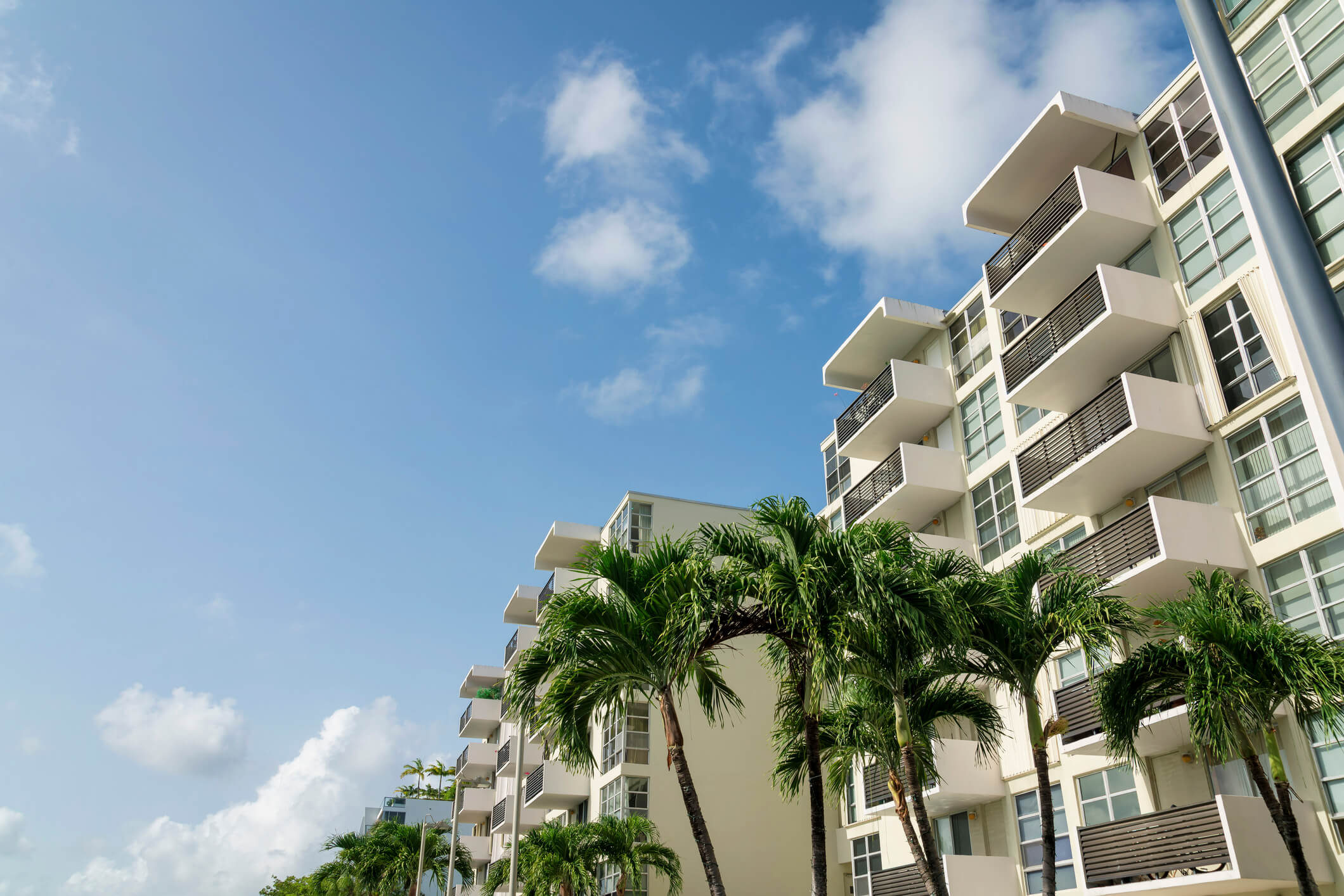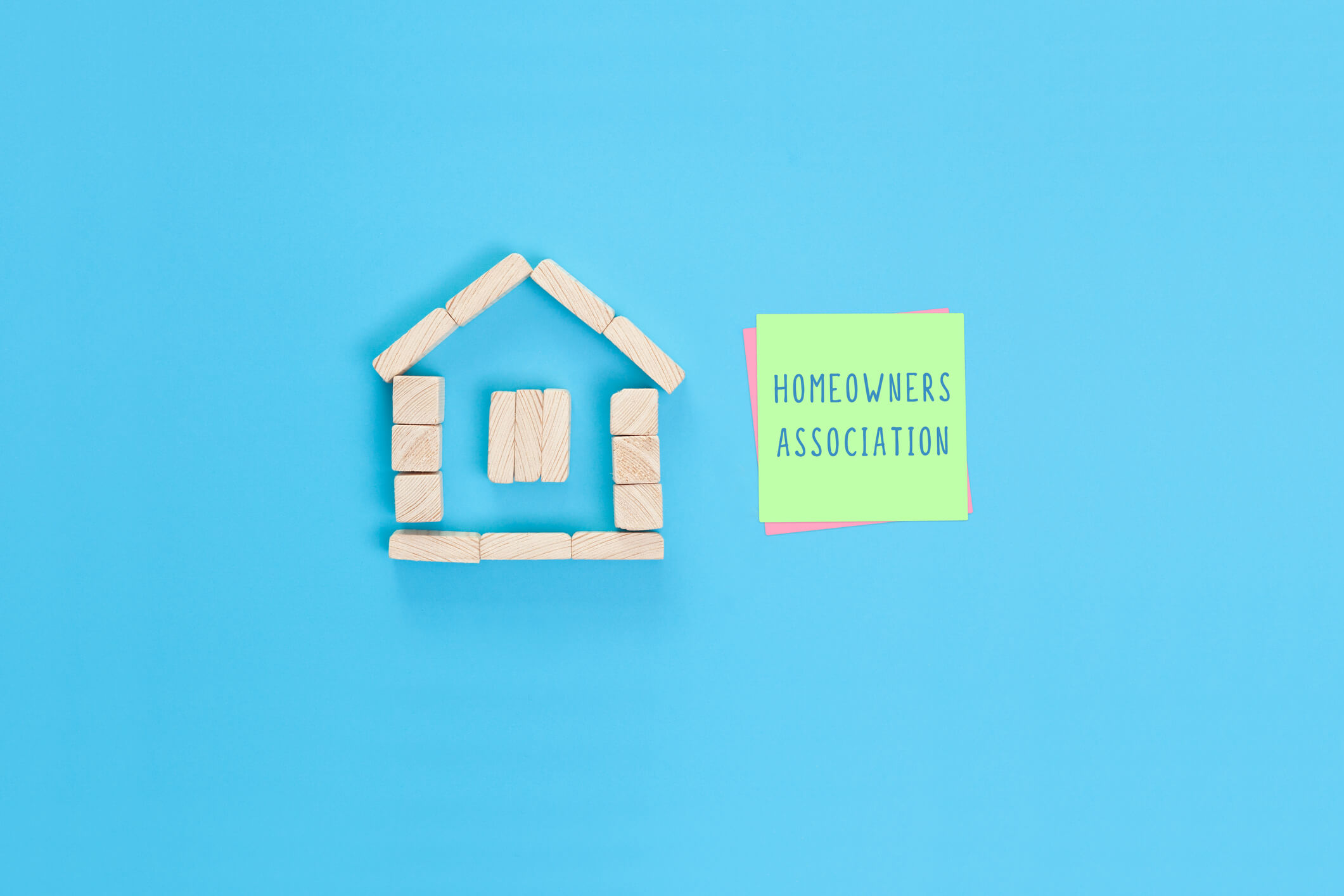When buying a condo or a home in a managed community in Miami, the purchase price is only one part of the financial equation. Homeowners Association (HOA) dues are a significant and recurring monthly expense that can dramatically impact your budget and lifestyle. In a city known for luxury high-rises and amenity-rich living, HOA fees can range from reasonable to astronomical. Understanding what constitutes “low” HOA dues in the Miami market is crucial for any prospective buyer.
This guide will break down the typical range of HOA fees in Miami, explore what factors drive these costs, and highlight what you can expect for your money. By knowing what to look for, you can find a property that fits both your lifestyle needs and your financial goals.
The Spectrum of Miami HOA Fees
In Miami-Dade County, HOA fees are as diverse as the properties themselves. They can range from a few hundred dollars to several thousand per month. To make sense of this, it’s helpful to break it down into general tiers.
- Low Range: Generally, HOA dues under $600 per month are considered low for the Miami area, especially for condo buildings. Fees in the $300 to $500 range are often found in older, low-rise buildings or townhome communities with limited amenities.
- Mid-Range: The most common range for HOA fees in Miami falls between $600 and $1,200 per month. This typically applies to well-maintained buildings from the 1990s to the 2000s or newer constructions with a solid set of amenities like a pool, gym, and 24-hour security.
- High Range: Fees exceeding $1,200 per month are considered high. These are standard in luxury new constructions, waterfront high-rises, and exclusive communities that offer a vast array of premium services, such as multiple pools, spas, private restaurants, and extensive concierge services. In ultra-luxury buildings, fees can easily surpass $2,500 per month.
For single-family home communities, HOA fees are typically much lower, often ranging from $100 to $400 per month, as they usually only cover the maintenance of common areas, landscaping, and perhaps a community gate or pool.
What Factors Influence HOA Costs?
Several key factors determine the amount you’ll pay in HOA dues each month. Understanding these drivers can help you assess whether a fee is reasonable for what’s being offered.
1. Amenities and Services
This is the single biggest factor. The more amenities a building or community offers, the higher the fees will be.
- Basic Amenities: A community pool, a simple fitness center, and grounds maintenance.
- Mid-Tier Amenities: 24/7 security, concierge services, valet parking, a larger and better-equipped gym, and social rooms.
- Luxury Amenities: Spas, saunas, tennis courts, private beach clubs, on-site restaurants, movie theaters, and extensive staff.
2. Building Age and Condition
Older buildings may have lower purchase prices but can come with higher HOA fees. This is because they often require more maintenance, repairs, and may have upcoming special assessments for major projects like concrete restoration, roof replacement, or window upgrades—all critical in a coastal environment like Miami. Conversely, some older buildings with fewer amenities may maintain lower dues.
3. Insurance Costs
For condo buildings, the master insurance policy is a massive component of the HOA budget. In South Florida, the costs for flood, wind, and hurricane insurance have been rising dramatically. A building’s location (waterfront vs. inland), age, and construction materials all impact its insurance premiums, which are passed directly to homeowners through their dues.
4. Unit Size and Number of Units
HOA fees are not flat; they are typically calculated based on the square footage of your unit. Owners of larger penthouses pay significantly more than those in smaller one-bedroom units within the same building. Furthermore, the total number of units in a building matters. In a large building with hundreds of units, costs are spread across more homeowners, which can sometimes result in lower per-unit fees compared to a boutique building with only a few dozen units.

Where to Find Properties with Low HOA Dues
While luxury high-rises dominate the skyline, Miami has many neighborhoods and building types where buyers can find more manageable HOA fees. These options often appeal to first-time homebuyers, investors, and those seeking a more simplified lifestyle.
Older, Low-Rise Buildings: Neighborhoods like North Miami Beach, the Upper East Side (Morningside/Belle Meade), and parts of South Miami have a stock of low-rise and mid-rise condo buildings built between the 1960s and 1980s. These “garden-style” apartments often have basic but essential amenities, such as a community pool and laundry facilities. Because they lack expensive features like valet and extensive staff, their HOA fees are often in the $300 to $500 range. They offer an affordable entry point into the market, though buyers must perform due diligence on the building’s financial health and any pending repairs.
Townhome Communities: Townhome communities in areas like Kendall, Doral, and Homestead are another excellent source for lower HOA fees. Since each owner is responsible for their own structure’s exterior and roof, the HOA’s responsibilities are limited to common areas like landscaping, community pools, and private roads. This results in significantly lower monthly dues, often between $150 and $350. These properties are particularly appealing to families who want more space than a condo without the full maintenance burden of a single-family home.
Inland Neighborhoods: As a general rule, properties located further inland and away from the water tend to have lower HOA fees. Buildings in neighborhoods like Westchester or inland parts of Aventura do not face the same high insurance premiums for flood and windstorm coverage as their waterfront counterparts. While they may not offer ocean views, they provide a more budget-friendly approach to homeownership in Miami-Dade.
The Appeal of Low HOA Dues
Choosing a property with lower HOA fees offers several clear advantages. It increases your purchasing power, as lenders factor in HOA dues when calculating your debt-to-income ratio. Lower monthly costs also mean more financial freedom for personal savings, investments, or other lifestyle expenses. For investors, lower fees translate directly to higher net rental income and a better return on investment.
However, it is vital to remember that a low fee isn’t always a good sign. It could indicate a poorly managed association, underfunded reserves, or a lack of necessary amenities. Before buying, always review the HOA’s budget, reserve study, and meeting minutes to ensure the community is financially sound.
Interested in buying a condo in Miami but concerned about HOA dues? Start searching the latest Miami condo listings with low HOA dues, or contact us directly for help with your seach!






